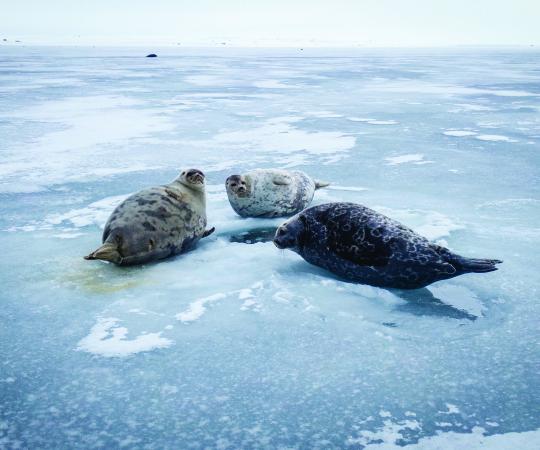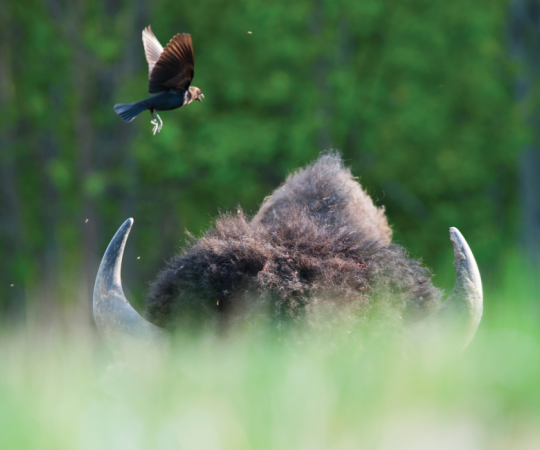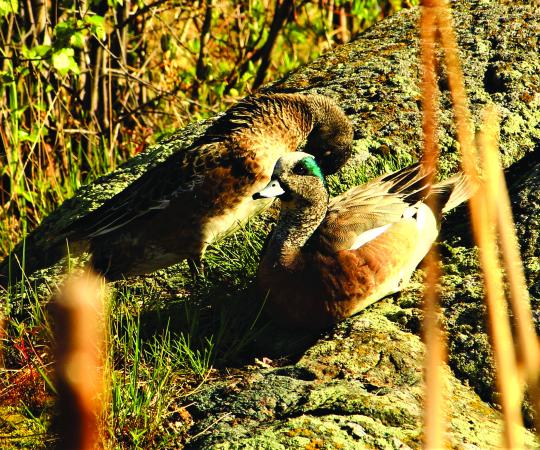Summer means many things in the North. Melting snow. Long days of warm sun. And butter-flies. Lots and lots of butterflies.
There are hundreds of varieties of butterfly across the Canadian Arctic—91 different species in the Yukon alone—but André Langlois is more interested in the butterflies we don’t know much about yet.
“Because we have many mountain ranges, we have specialties,” he says. “We have interesting forms here and we know pretty much nothing about them.”
Langlois calls himself a butterfly enthusiast. Although he doesn’t have formal training in the natural sciences, he’s been interested since he was a teenager growing up in Quebec. He’s lived in the Yukon for 18 years, outside of Marsh Lake, and is currently working on a study of alpine butterflies in the territory.
And there’s still a lot to study. Across the mountainous parts of the North, from the Yukon stretching into the Northwest Territories, the high peaks help create geographical isolation that allows diversity to thrive. Much like how the Galapagos Islands created pockets where animals and plants evolved specifically for their remote locations, Langlois says the thousands of butterflies he’s collected over the years also have unique and subtle variations, depending on where he found them.
“There are geographical variations due to those last glaciation periods that isolated mountaintops,” he says. “They became like islands and that is why it’s very interesting. And this is why many people come from all around the world in summer to study them.”
Arctic butterflies are easy to spot. You can see them most anywhere, basking in the summer sun, but Langlois is specifically interested in the alpine and tundra varieties.
“The boreal forest butterflies are nice, but you can find them in Quebec, in Ontario, in Manitoba and in central Yukon,” he says. “I’m more interested in the alpine butterflies, or the tundra butterflies.”

Identifying them can take some skill. Some, like swallowtails, have a bright colouring (the better to attract the ladies), while others are more muted to help hide from predators. Still, others split the difference, with one side of their wings brightly coloured and the other neutral. That means while resting with their wings shut they can be harder to spot.
While you can see butterflies cruising in the air, the best chance to get an up-close look—or, at least, up close through binoculars—is to try and snag a glimpse when they are feeding, or ‘mud-puddling’ (drinking water that contains salt). Langlois also recommends entering their terrain carefully, preferably on foot, to disturb them as little as possible.
But be quick about it.
Butterflies only live about two weeks as an adult. It’s this short and triumphant life cycle that’s part of what makes the insects so fascinating.
“When you’re hiking these beautiful mountains, you can see how difficult it is to survive in these conditions. So I really admire them because they’re able to just survive,” says Langlois.
They can also tell us a lot about the environment they live in. The extremely limited-range butterflies that live in very isolated mountain ranges are, effectively, part of a pristine environment, he says.
“So if you start mining there, you can compromise whole colonies and you can even lead that colony to extinction. And because we don’t know them very well, we don’t know how this or that sub-species can be at risk.”
It’s just one more reason to pay attention to these colourful northern critters.
“I think they are telling us how healthy an ecosystem can be.”









